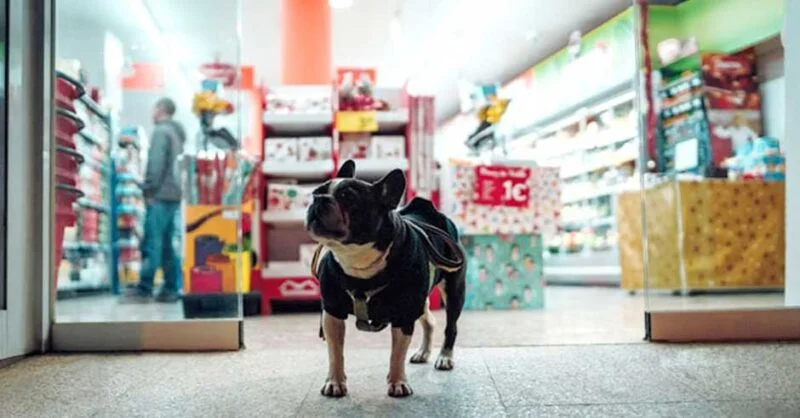
Entering the pet store industry can be a rewarding venture, combining a passion for animals with the potential for a profitable business. With pet ownership on the rise and a growing demand for high-quality pet products and services, now is an excellent time to enter this thriving market. Whether you are contemplating starting from scratch or joining an existing company, comprehensive preparation, and strategic planning are critical to success. Here are some crucial steps to help you establish and grow your presence in the pet store industry.
Conducting Thorough Market Research
Before diving into the pet store industry, conducting thorough market research is essential. Understanding the market environment, including client demographics, preferences, and purchasing habits, can bring essential insights to your business. Determine the most popular items and services in demand, including pet food, grooming services, accessories, and veterinary care. Additionally, analyze your competitors to determine their strengths and weaknesses. This research will help you identify market gaps that your pet store can fill, ensuring that your customers receive unique value.
By thoroughly understanding the market, you can make informed decisions about product offerings, pricing strategies, and marketing campaigns, ultimately setting the foundation for a successful business.
Choosing the Right Location
Choosing the right location for your pet store is a critical decision that can have a significant impact on your business’s success. Look for areas with high foot traffic, such as shopping malls, busy streets, or residential neighborhoods with a large number of pet owners. Consider the proximity of veterinary clinics, pet grooming salons, and parks since these establishments are likely to attract pet owners who may also visit your business. Additionally, evaluate the competition in the area. A location that has a strong demand for pet-related goods and services but little competition might be very advantageous.
Make sure the space you choose is large enough to accommodate your inventory and any additional services you intend to provide, such as grooming or training classes. A well-chosen site can improve your store’s accessibility and convenience while also attracting more consumers.
Securing Financing and Budget Planning
Securing adequate financing is a critical step in launching your pet store. Whether you choose to start independently or opt for a pet store franchise, having a detailed budget plan is essential. This strategy should include initial startup costs such as leasing or purchasing retail space, merchandise procurement, store fittings, and marketing expenses. Examine your company plan to determine which funding options, such as bank loans, investors, or personal savings, best suit your needs. A well-organized financial plan should also contain revenue estimates and operating expenditure projections. Proper financial planning not only helps to manage initial costs but also ensures the long-term viability of your business by anticipating future financial needs and challenges.
Building a Diverse Product Range
Offering a diverse and comprehensive product range is essential to meet the varying needs of pet owners. Stock a diverse range of pet food, including specialist diets for certain breeds and health issues. Offer a range of accessories, including toys, beds, collars, leashes, and grooming products. Think about providing nutrients, dental care supplies, and flea and tick repellent, among other pet health and wellness products. Include distinctive, superior items that are readily available in other stores to differentiate yourself from the competition.
Consider adding grooming, pet training, and veterinary care to enhance your store’s appeal. A wide variety of products makes sure that your clients can get everything they need for their pets in one location, which boosts customer satisfaction and loyalty.
Implementing Effective Marketing Strategies
Effective marketing and customer engagement strategies are critical for increasing foot traffic and establishing a loyal customer base. Create an effective online presence by maintaining an active social media presence and an easy-to-use website. To reach a larger audience, use digital marketing strategies, including pay-per-click (PPC) advertising, email marketing, and search engine optimization (SEO). In-store activities, such as pet adoption days, grooming classes, or product demos, can help to attract consumers and increase community participation. Personalized suggestions, loyalty plans, and first-rate customer service will create lasting relationships and promote repeat business.
Collecting and analyzing customer feedback will allow you to continuously improve your offerings and customer experience, ensuring that your store remains a preferred choice among pet owners.
Conclusion
Entering the pet store industry requires careful planning, research, and strategic execution. You can succeed in this competitive market by conducting thorough market research, selecting the right location, developing a diverse product line, establishing strong supplier relationships, and implementing effective marketing strategies. As the demand for pet care products and services continues to grow, a well-planned and customer-focused approach will help you thrive and achieve long-term success in the pet store industry.

